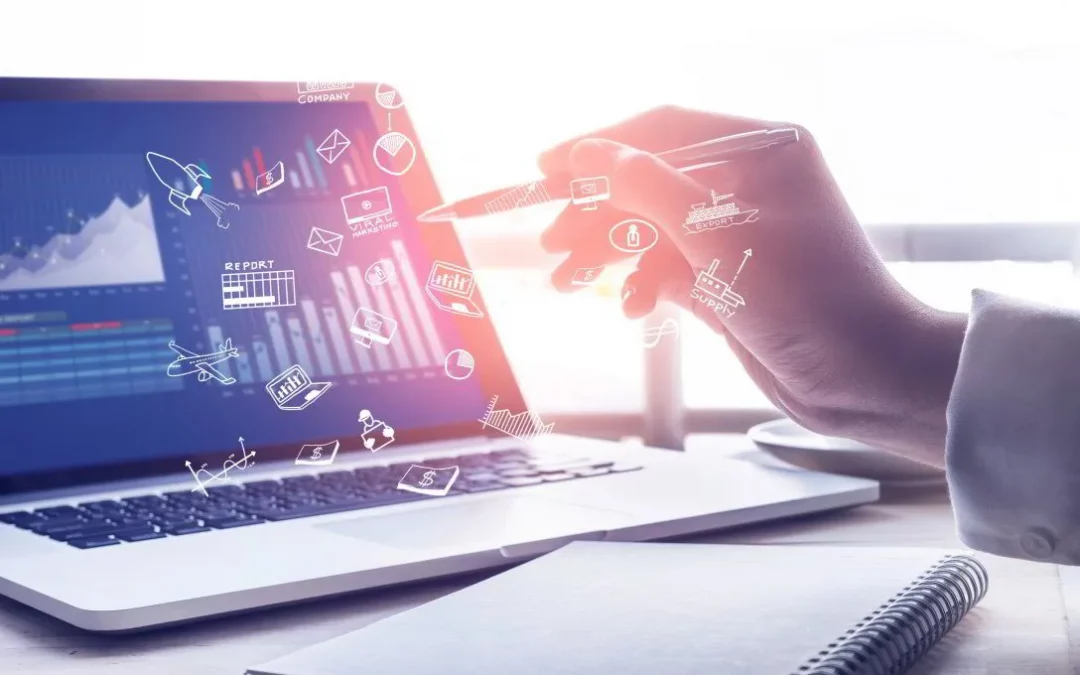When I started out in the industry, ‘media monitoring’ used to be a phrase that struck dread into the hearts of junior PR people. It often meant physically cutting media mentions out of newspapers and magazines, and pasting them into a clippings book. If you were really unlucky, you’d have to listen to broadcast interviews and manually transcribe them. It was soul-destroying stuff.
Thankfully, technology has fundamentally changed the media monitoring industry. But yet, I still find myself having to explain what it is, and why people pay money for it. So, as they say on Twitter, I’m not sure who needs to hear this, but here’s the lowdown.
What is media monitoring? And who uses it?
As I always say, knowledge is power. Media monitoring allows you to track how your company and your campaigns are being talked about across print, online, broadcast and social media. It enables decision-makers to track trends, and know where their narrative lands (and doesn’t). Reports can also zoom in to provide insights into how a single campaign or announcement was received, and track the longevity and impact of the message.
Practically every organisation, from big consumer brands to listed companies to non-profits and government agencies, that uses public relations will invariably have some form of media monitoring in place.
Why is media monitoring important?
At a basic level, it helps organisations understand the impact of their PR and marketing efforts. But it’s more than that. It’s also a critical reputation management tool: it listens for any negative publicity, and helps companies deal with crises quickly and effectively. On the upside, media monitoring identifies trends and conversations that help companies understand their audiences better, and get closer to them. Modern monitoring services also offer analytics and insights that help businesses understand their key metrics better, and shape their plans accordingly.
What is media monitoring software and why is it important?
We live in a world that’s increasingly online. Humans simply can’t track every hit, alert and search term out there. People increasingly get their news and content from a range of channels that’s impossible to track manually. That’s where media monitoring software helps monitor as many different sources and platforms as possible, while providing critical data and insights around sentiment, share of voice and many other metrics that help you see how your brand is perceived.
So why do we need humans, then?
Great question. Fact is, while media monitoring technology is making great strides, making sense of the information still needs the human touch. Artificial Intelligence (AI) simply hasn’t reached the stage where it can match the quality, accuracy or nuance that trained analysts bring to the table. We still need skilled people to interpret the stories behind the data and extract meaningful and relevant insights that inform business decisions. Automated systems also struggle with nuanced wording – and when it comes to irony, they have no clue.
How do you choose a media monitor provider?
There are many media monitoring tools and providers out there. I always say, find yourself a vendor who will take the time to understand your business, and become a true partner, rather than just a supplier. That way, they’ll help you make the most of your media monitoring efforts and your budget.

